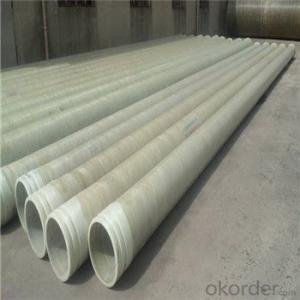Fiberglass, a material that has revolutionized the world of aeronautics, is a testament to human ingenuity and innovation. It is a composite material made from fine fibers of glass, which are woven into a fabric and then soaked in a resin. This combination creates a material that is incredibly strong, lightweight, and versatile. In the world of aeronautics, where every gram counts and strength is paramount, fiberglass has become an indispensable material.
The History of Fiberglass in Aeronautics
The journey of fiberglass in aeronautics began in the mid-20th century. As aircraft engineers sought to improve the performance and efficiency of their designs, they turned to new materials that could offer the strength and durability needed for flight. Fiberglass, with its unique properties, quickly became a favorite among engineers and designers. It allowed for the creation of aircraft parts that were lighter and stronger than their metal counterparts, leading to increased fuel efficiency and overall performance.
The Unique Properties of Fiberglass
One of the most significant advantages of fiberglass is its strength-to-weight ratio. It is much stronger than traditional materials like steel and aluminum, yet it is significantly lighter. This means that aircraft made with fiberglass can carry more payload or travel greater distances without sacrificing strength. Additionally, fiberglass is resistant to corrosion, making it an ideal material for aircraft that are exposed to harsh environmental conditions.
Design and Manufacturing Process
The process of designing and manufacturing aircraft parts with fiberglass involves several steps. First, engineers create a mold of the desired part. This mold is then used to shape the fiberglass fabric, which is cut and layered to the exact specifications required. Once the fabric is in place, it is soaked in a resin, which binds the fibers together and hardens to form a solid structure. This process allows for a high degree of customization and precision, ensuring that each part is tailored to the specific needs of the aircraft.
Applications in Aeronautics
Fiberglass has found its way into various applications within the field of aeronautics. From the fuselage and wings of commercial aircraft to the blades of helicopter rotors, fiberglass is used extensively. Its lightweight and high-strength properties make it ideal for these applications, where performance and safety are of utmost importance. Furthermore, fiberglass is also used in the production of recreational and private aircraft, where its ease of maintenance and durability are highly valued.
The Future of Fiberglass in Aeronautics
As technology continues to advance, the use of fiberglass in aeronautics is expected to grow. With ongoing research and development, new applications and innovations are being discovered that further enhance the capabilities of this remarkable material. From improved fuel efficiency to the potential for integrating renewable energy sources, the future of fiberglass in aeronautics looks bright.
Personal Reflections on Fiberglass
As someone who has always been fascinated by the wonders of flight, the role of fiberglass in aeronautics holds a special place in my heart. The material’s ability to push the boundaries of what is possible in aircraft design is truly inspiring. It’s a reminder of the endless possibilities that come with innovation and the pursuit of excellence.
In conclusion, fiberglass has become an integral part of the aeronautics industry, offering a combination of strength, lightweight, and versatility that is unmatched by other materials. Its history, unique properties, and applications in the field have solidified its position as a key player in the advancement of aviation technology. As we look to the future, the potential for fiberglass to continue shaping the world of aeronautics is both exciting and promising.

